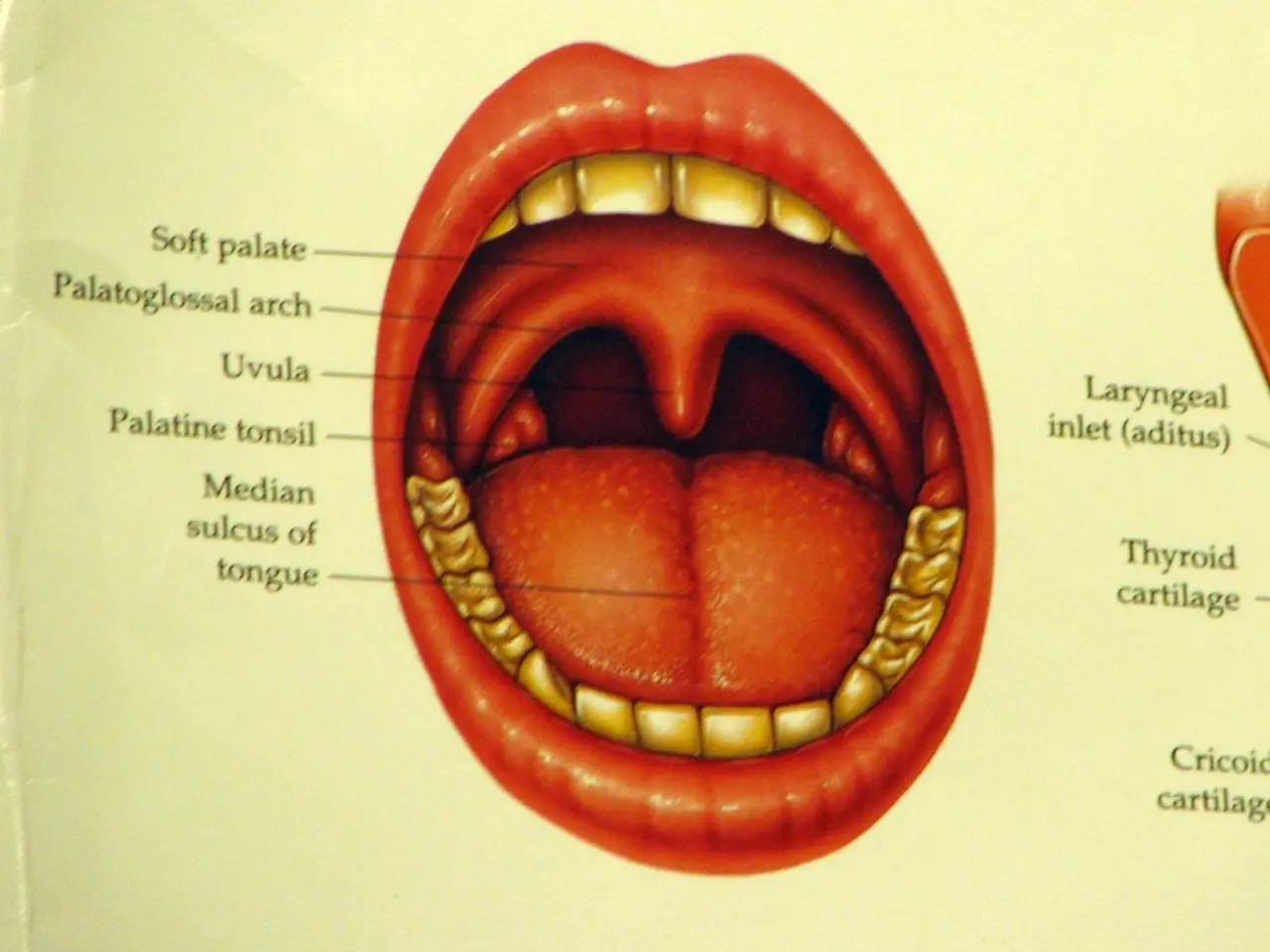Breathing and Memory Connection: Clarifying the Role of Intercostal Muscles
=========================================================================================
In the realm of cognitive enhancement, a fascinating synergy is emerging between nootropics and breathwork techniques. This approach, rooted in ancient practices and modern science, promises to amplify the benefits of nootropics and promote mental clarity and focus.
Traditional Ayurvedic remedies, such as Bacopa Monnieri, are renowned for their cognitive-enhancing properties. When paired with the stress-reducing effects of diaphragmatic breathing, these substances might lead to a more profound sense of mental clarity and focus.
The brain, to fully harness the potential of nootropics, needs to be in an optimal state. Effective breathing patterns, like deep diaphragmatic breathing and modern techniques such as Box Breathing, ensure a robust supply of oxygenated blood. This augmented flow of oxygen could make nootropics more effective by ensuring they reach their target sites more efficiently.
The synergy between breathwork and nootropics might lead to a pronounced boost in neurotransmitter activity. Oxygen plays a crucial role in the synthesis of several neurotransmitters, and this synergy could potentially amplify the benefits of nootropics like Racetams, which are known to enhance synaptic plasticity and improve blood flow.
Ancient practices such as Pranayama, originating from India, emphasize the regulation of breath. Techniques like 'Anulom Vilom' and 'Bhramari' are believed to improve concentration and memory by balancing the left and right hemispheres of the brain.
Ginkgo Biloba, an herbal nootropic reputed for improving cerebral blood flow, might have its potential benefits on memory and attention further amplified when combined with effective breathwork. Similarly, nootropics that improve oxygen utilization or cerebral blood flow, such as piracetam or certain stimulants, could potentially be enhanced by increased breathing through the intercostal muscles.
Taoist breathing exercises are integral to Qi Gong, a holistic system aimed at harmonizing the body, mind, and spirit. Deep abdominal breathing and reverse breathing are two prominent techniques.
Before consuming any nootropic, engaging in 5-10 minutes of deep, rhythmic breathing can prepare the mind and ensure optimal oxygenation, possibly enhancing nootropic absorption. This simple practice could revolutionize the way we approach cognitive enhancement, combining the wisdom of ancient practices with the advances of modern science.
Read also:
- Peptide YY (PYY): Exploring its Role in Appetite Suppression, Intestinal Health, and Cognitive Links
- Toddler Health: Rotavirus Signs, Origins, and Potential Complications
- Digestive issues and heart discomfort: Root causes and associated health conditions
- House Infernos: Deadly Hazards Surpassing the Flames








